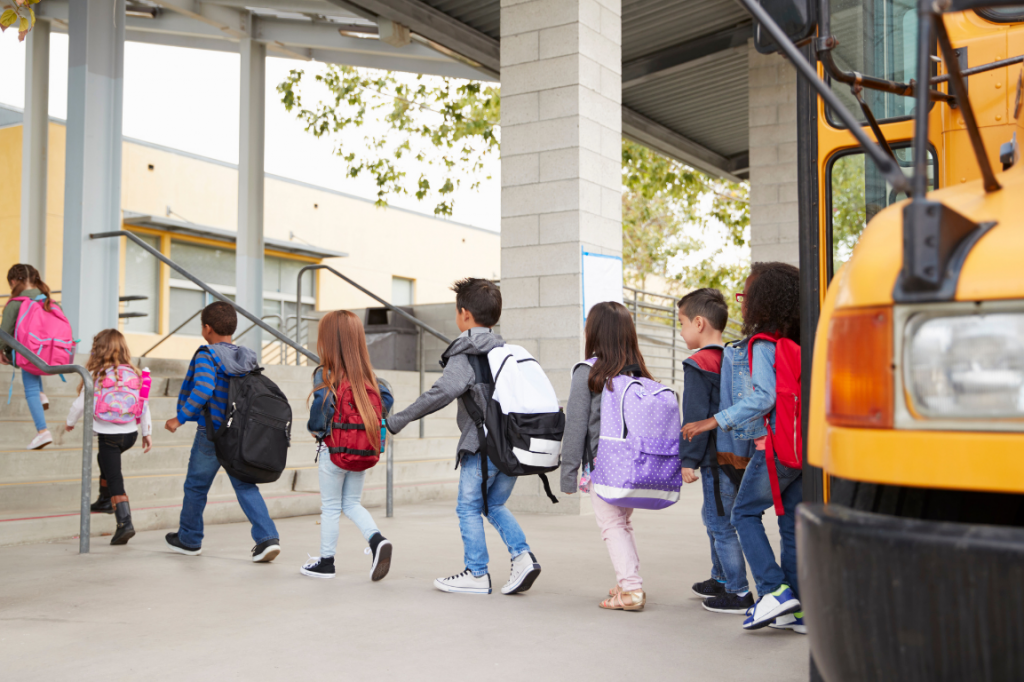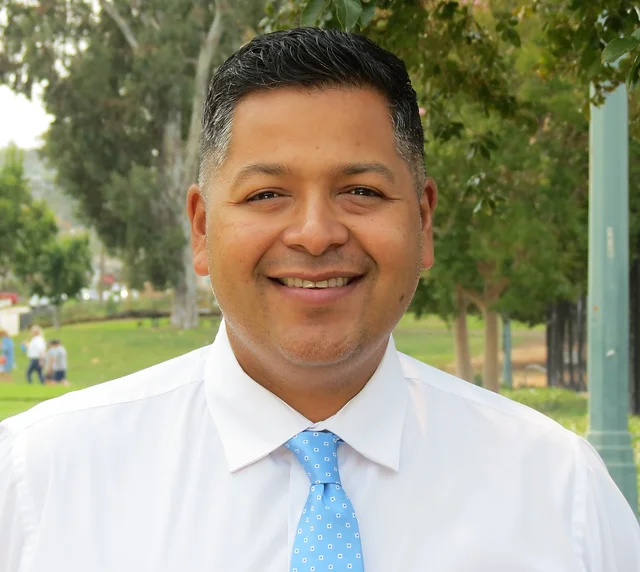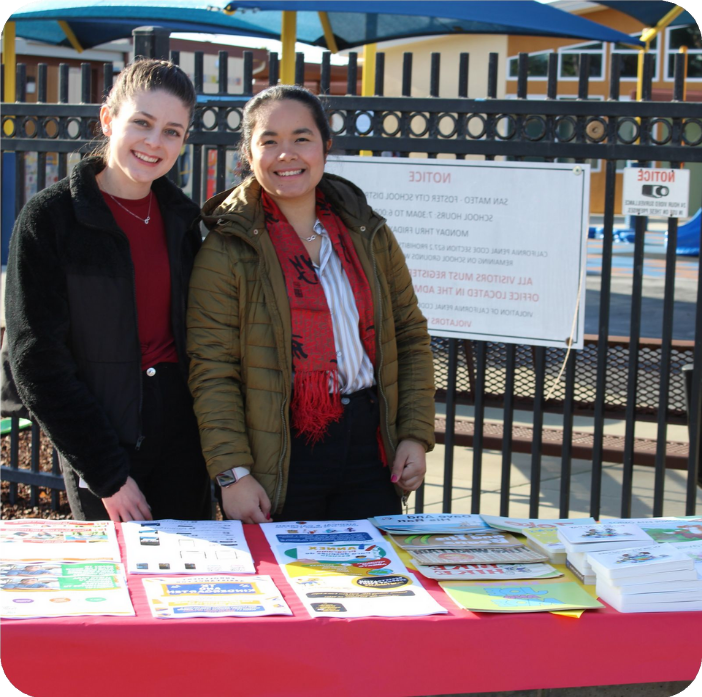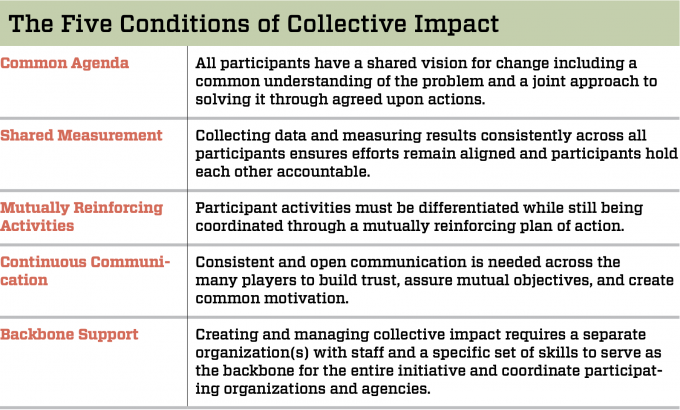
There is a literacy gap that exists before children even start kindergarten, and it’s a serious problem for educators. A collective impact model is the solution.
What is a Collective Impact Model?
Literacy gaps become evident right away. Some kids arrive at school already reading and writing while others are still struggling with the alphabet. This divide tends to widen over time, with underprivileged students falling further and further behind their more advantaged peers.
However, there is a powerful solution – taking a collective impact approach to early literacy. The collective impact model brings together stakeholders from different sectors to tackle a specific social problem through a common agenda, shared measurement, mutually reinforcing activities, continuous communication, and backbone organizational support (Kania, J., & Kramer, M., 2011).
Building a village
In San Mateo County, California, the local school district has embraced this model in an inspiring and successful way. Under the leadership of Superintendent Dr. Diego Ochoa, San Mateo-Foster City School District has implemented a city-wide early literacy initiative using the educational technology program Footsteps2Brilliance.
The vision is simple yet ambitious – to provide every child in the community, from birth through 3rd grade, with access to high-quality literacy resources and support. It’s a “whole village” approach, with families, teachers, community liaisons, and the school district all playing vital roles. At the core is getting kids and families to use the Footsteps2Brilliance app for at least 15 minutes per day. However, the human element is what truly brings the approach to life.


San Mateo-Foster City Superintendent Dr. Diego Ochoa


The district has implemented many collective impact measures to ensure literacy gains. One major innovation is the district-appointed Community Service Specialists who are embedded in the local neighborhoods. They personally meet with families, guiding them on using the app and stressing the importance of daily reading time. When data shows a child has fallen behind on app usage, these specialists will call, text, or even visit that family’s home to get them back on track.
The Community Service Specialists are just one part of a multi-pronged effort of personal outreach, data monitoring, celebrations of success, and a contagious enthusiasm for literacy permeating through the community.
The Impact
The results have been outstanding – over 20 million words and 700,000 books read by kids not even yet enrolled in the San Mateo-Foster City school system yet. Latino and socioeconomically disadvantaged children are making massive literacy gains and arriving at kindergarten ready to thrive. The collective commitment to ensuring every child becomes a capable reader and lifelong learner is working.
Dr. Diego Ochoa and San Mateo-Foster City embody an inspiring model of what can be achieved when an entire community treats literacy as a shared priority and responsibility. In an era of fragmentation and inequity, this approach shows that by joining together through a collective impact model, even daunting challenges like the literacy gap can be overcome. All it takes is the vision to build a true “village” around nurturing our youngest learners.
To learn more about the success of a collective impact model, click here to watch the full webinar hosted by Footsteps2Brilliance.





